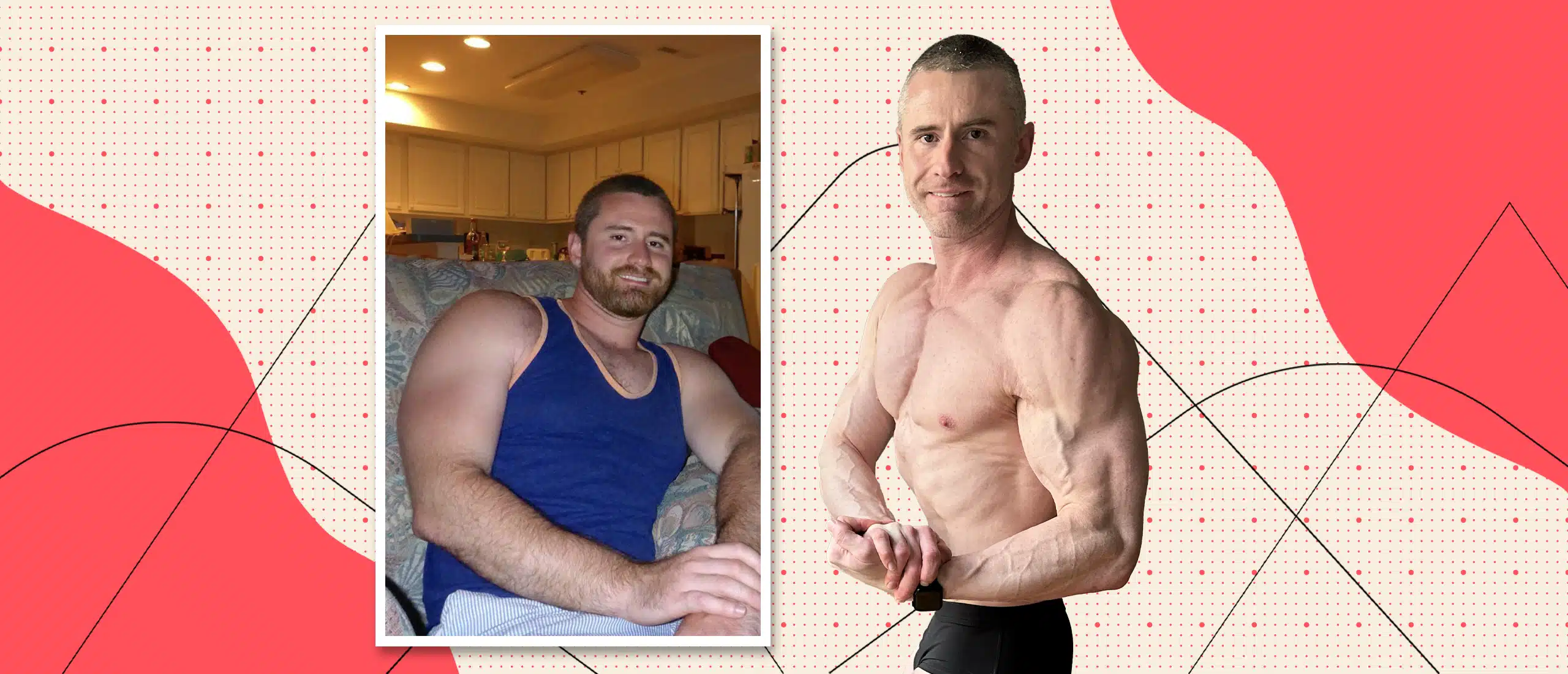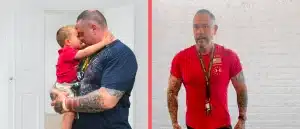You Might Not Be Too Young For Low Testosterone—Even in Your 20s
- By Doug Clinton
- As told to Rebekah Harding
- Medically Reviewed by James Staheli, D.O.
- December 13, 2023
30-Second Takeaway
- While uncommon, low testosterone can occur in your twenties due to genetic conditions, past injury to the testes, or environmental factors.
- Testosterone levels up to levels up to 1,200 ng/dL may be considered optimal.
-
If you have symptoms of low testosterone, check your hormone levels ASAP.
As a competitive powerlifter, I’ve always followed a grueling resistance training protocol and prioritized a high-protein diet. But in my mid-twenties—when most guys my age were at their athletic peak—these tactics seemed to stop working. My energy took an unexplainable hit and my 500-plus pound deadlift PR started to slip.
To make matters worse, I also wasn’t packing on the amount of muscle I expected, considering that I was deadlifting and squatting heavily at the gym everyday. My peers and competitors were getting way more gains than I was, even though I felt like I was putting in the same amount of work and following similar protocols. My competitive spirit and motivation to hit the gym was dwindling.
I started researching health issues that can cause low energy online, and came across a condition I hadn’t ever considered: low testosterone.
I Decided to Check My Hormones
I discovered that it’s more common for men to notice symptoms of low testosterone—like fatigue, low libido, and muscle loss—starting in their mid-thirties. But the fact that my energy levels tanked so quickly made me suspect a hormone problem.
When I asked my GP to check my testosterone levels, he laughed and asked me if I was trying to juice—most likely due to my age and history as a competitive powerlifter. He wouldn’t even humor me with a hormone test.
I was beyond frustrated that my symptoms were being ignored. Steroid use does happen in powerlifting, but I wasn’t trying to get an unfair edge. I just wanted to feel normal again.
I began looking for a hormone specialist willing to test my testosterone levels. While I searched for one, I chugged energy drinks, tried almost every energy supplement on the shelf, and took BCAAs (a type of amino acid supplement that supplies energy to your muscles). But nothing made a dent.
It took me almost a full year to find a doctor who would test me. When I finally received my results, the test confirmed my suspicion. My testosterone levels were under 300 ng/dL.
Editor’s Note: Normal testosterone levels fall between 409 and 558 ng/dL for men in their twenties (1). While uncommon, hypogonadism (or low T) can occur in your twenties due to genetic conditions, past injury to the testes, or environmental factors (2).
TRT Fixed My Energy Problem
My new doctor prescribed topical testosterone cream. I felt the positive effects of testosterone replacement therapy (TRT) around two months after I started treatment. My energy gradually increased, but follow-up tests showed that my testosterone levels still weren’t where my doctor and I wanted them, so I switched to testosterone injections. I noticed an extreme increase in my strength and energy, beyond the results I got from topical treatment.
I was lifting heavier plates and was able to push through the burn to max out my reps and hit new powerlifting PRs. Before TRT, I was deadlifting 505 lbs and squatting 380 lbs during competition. A few months after starting TRT, I hit a new PR: a 565-pound deadlift and a 430-pound squat.
Now, at 39 years old, I’m still competing. Although, I recently pivoted from powerlifting to bodybuilding. I’m still on TRT. My body fat percentage is 6.2 percent, and I weigh 190 pounds. The last time I checked my testosterone levels, they were slightly over 1000 ng/dL.
Editor’s Note: While normal levels of testosterone for men in their forties average around 252 to 916 ng/dL, levels up to 1,200 ng/dL may be considered optimal.
My Advice If You Suspect Low T
If you’re feeling bad, check your hormone levels ASAP, no matter what your age. Waiting only delays you from feeling amazing.
Ten years ago, you had to jump through hurdles to get your hormones tested and receive treatment. Now, companies like Hone Health make it easy to check your hormone levels at-home and to connect with physicians who are open to discussing treatment options with you.
Hone’s at-home testosterone assessment is the simplest way to uncover whether your levels are low. If you qualify for treatment, TRT can be sent right to your door.
References
1. Zhu, et al (2022). What Is a Normal Testosterone Level for Young Men? Rethinking the 300 ng/dL Cutoff for Testosterone Deficiency in Men 20-44 Years Old.
2. Cohen, et al (2019). Low Testosterone in Adolescents & Young Adults.













